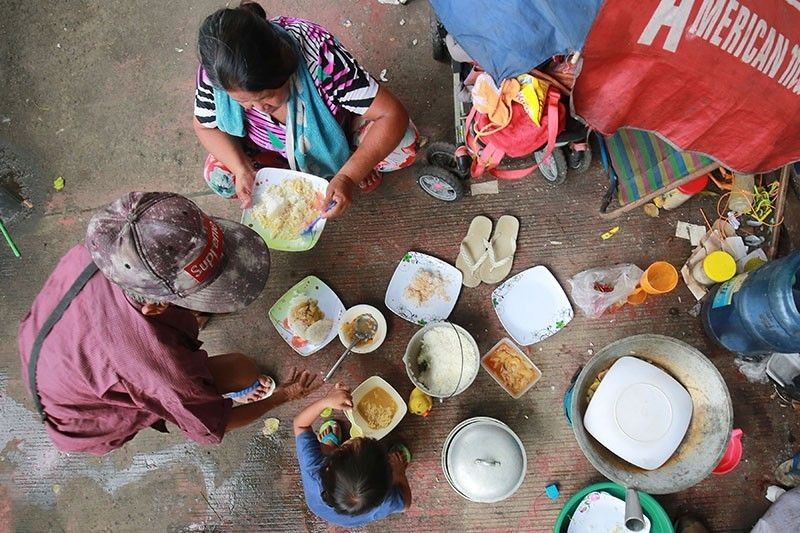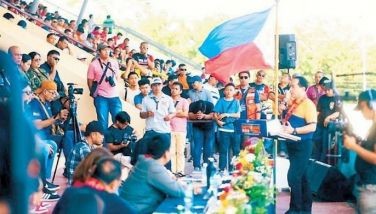‘Hunger rate down, but still above pre-pandemic level ’

MANILA, Philippines — While still above pre-pandemic figures, fewer Filipinos have experienced involuntary hunger in the first quarter of the year, according to a recent survey conducted by Social Weather Stations (SWS).
Results of the March 26 to 29 survey released on Thursday found that 9.8 percent of Filipino families or an estimated 2.7 million experienced involuntary hunger or being hungry and not having anything to eat at least once in the past three months.
It was down from 11.3 percent (estimated 2.9 million families) and 11.8 percent (estimated three million families) obtained in similar surveys conducted in October and December 2022, respectively.
However, SWS said that it was still higher than the record-low 8.8 percent (estimated 2.1 million families) in December 2019, a few months before the COVID-19 pandemic.
According to SWS, the March 2023 hunger rate is composed of 8.6 percent of respondents who said they experienced moderate hunger (down from 9.5 percent in December) and the 1.2 percent who experienced severe hunger (down from 2.3 percent).
Moderate hunger refers to those who experienced hunger “only once” or “a few times” in the last three months, while severe hunger refers to those who experienced it “often” or “always” in the last three months.
The survey showed that involuntary hunger fell across all areas.
Involuntary hunger was highest among those in Mindanao at 11.7 percent (from 12.7 percent), followed by Metro Manila at 10.7 percent (from 11.7 percent), Visayas at 9.7 percent (from 12 percent) and the rest of Luzon at 8.7 percent (from 11.3 percent).
Based on the survey, some 15.4 percent of those who rated their families as “poor” experienced hunger in the past three months, barely moving from 15.7 percent in December. But it sharply fell among “non-poor,” composed of those who rated themselves as “not poor” and “borderline poor” (from 7.8 percent to 3.9 percent).
Involuntary hunger rose slightly among self-rated “food-poor” (from 17.7 percent to 18.5 percent), while it fell sharply among “non-food-poor,” or those who rated themselves as “not food-poor” and “borderline food-poor” (from 11.8 percent to 4.3 percent).
The recent survey found that 51 percent of the respondents rated their families as “poor,” 30 percent as “borderline poor” and 19 percent as “not poor.”
Some 39 percent of respondents also rated their families as “food-poor,” defined as being poor based on the food they eat, 35 percent as “borderline food-poor” and 26 percent as “not food-poor.”
Hunger rates among self-rated “food-poor” are always higher than among self-rated poor, the SWS pointed out.
The survey had 1,200 adult respondents and a margin of error of +/- 2.8 percent for national percentages.
- Latest
- Trending






























